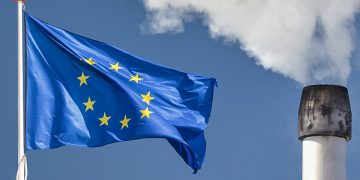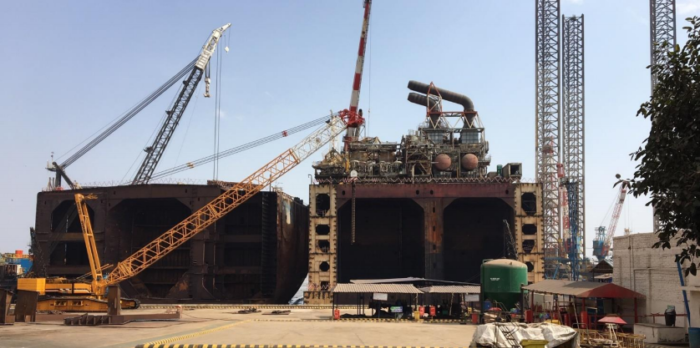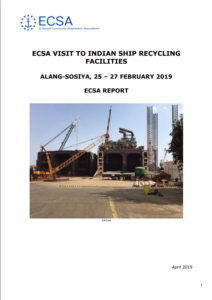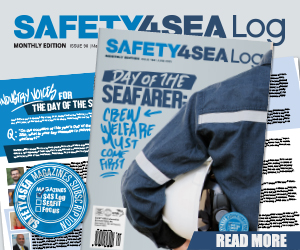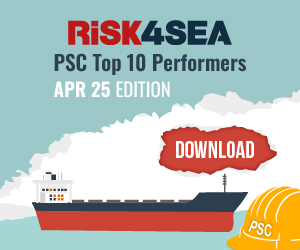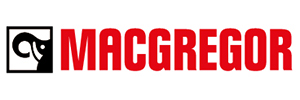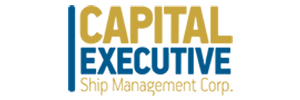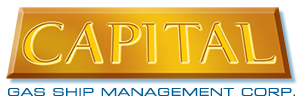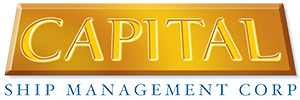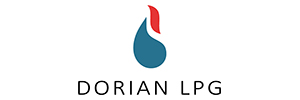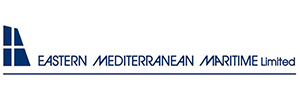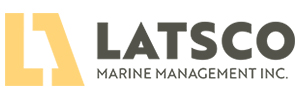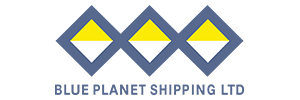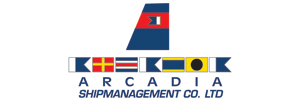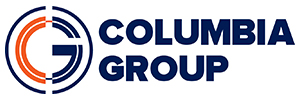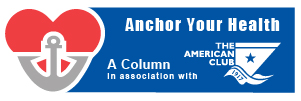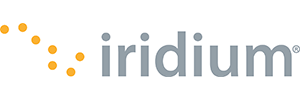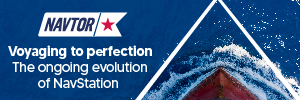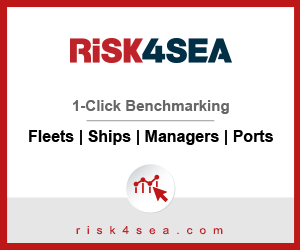ECSA launched a report of its fact-finding mission to o India’s ship-recycling facilities in Alang, in the State of Gujarat that took place from 25-27 February. The aim of the mission was to gain a better understanding of the possible threats to and opportunities for the Indian ship-recycling and European shipping industries. The participants were invited to see the progress made concerning the ship recycling facilities and to see how safe and environmentally sound recycling operations can take place sustainably in intertidal zones in India.
Mainly, in order to fully get an insight into the ship recycling facilities on the sustainable development of the region as a whole, a part of the visit was dedicated to the downstream waste management and the steel making industry as well, as inseparable parts of a sustainable circular economy.
The basic idea was that in the possibility that the Indian facilities are in line with the European Ship Recycling Regulation 1257/2013 (EU SRR), they could be included in the EU list of ship recycling facilities. This inclusion would then in turn facilitate the further upgrading of a sustainable ship recycling industry worldwide and facilitate prompt ratification of the IMO Hong Kong Convention (HKC).
In the past, ECSA has again been in favour of non EU ship recycling facilities entering the European Ship Recycling Regulation, such as two Turkish ship recycling facilities and one American.
The EU Ship Recycling Regulation can only fully meet its aim to facilitate the Hong Kong Convention within the EU and in third countries provided it is inclusive.
Whether third countries comply with legal requirements of the EU Ship Recycling Regulation, their inclusion will facilitate the third country government to ban substandard ship recycling practices and ratify the Hong Kong Convention, providing a global solution and level playing field to an industry operating internationally.
The following main elements were considered by the shipping industry representatives during the visit and the closing workshop:
- To take stock of the progresses made by the facilities towards health, safe and environmentally sound recycling operations in comparison to the ECSA fact finding visit in 2016.
- To further encourage the most progressive recycling facilities to apply for inclusion in the European List of approved facilities.
- To promote the early ratification of the International Hong Kong Convention and therefore seek Indian Authorities and SRIA to support development of sustainable ship recycling operations towards ratification by India.
- To foster a constructive dialogue between the EU members states, the Indian Authorities and the most progressive facilities towards inclusion in the EU list.
- To underline the importance of the ship recycling industry to the further sustainable development of the region as whole, including the second hand market and the steel industry.
- To realise the threats and opportunities caused by recent developments, mainly at the European level.
In the meantime, the report marks some challenges that were obvious throughout ECSA’s visit in Indian ship recycling facilities, as:
It was seen that the most advanced facilities are developing or have developed their own asbestos treatment facilities at the facilities. This is a very costly undertaking. It might be more efficient to develop a joint asbestos treatment facility, as has been done for the other waste streams (GEPIL). It was not entirely clear if this has been done and/or if there are plans to do so in the near future.
Also, the same goes for a large extent for the ambulances, which have been purchased by some of the more advanced ship recycling facilities.
Another challenge is to convince the workers to make use of the facilities because of the location of the colony, as it is located 10 minutes, by car, from the facilities.
From the visit and due to the challenges and obstacles that were seen, ECSA concluded that no Indian ship recycling facilities will be included in the EU Ship Recycling Regulation.
Concluding, for more information you may click on the PDF herebelow

















